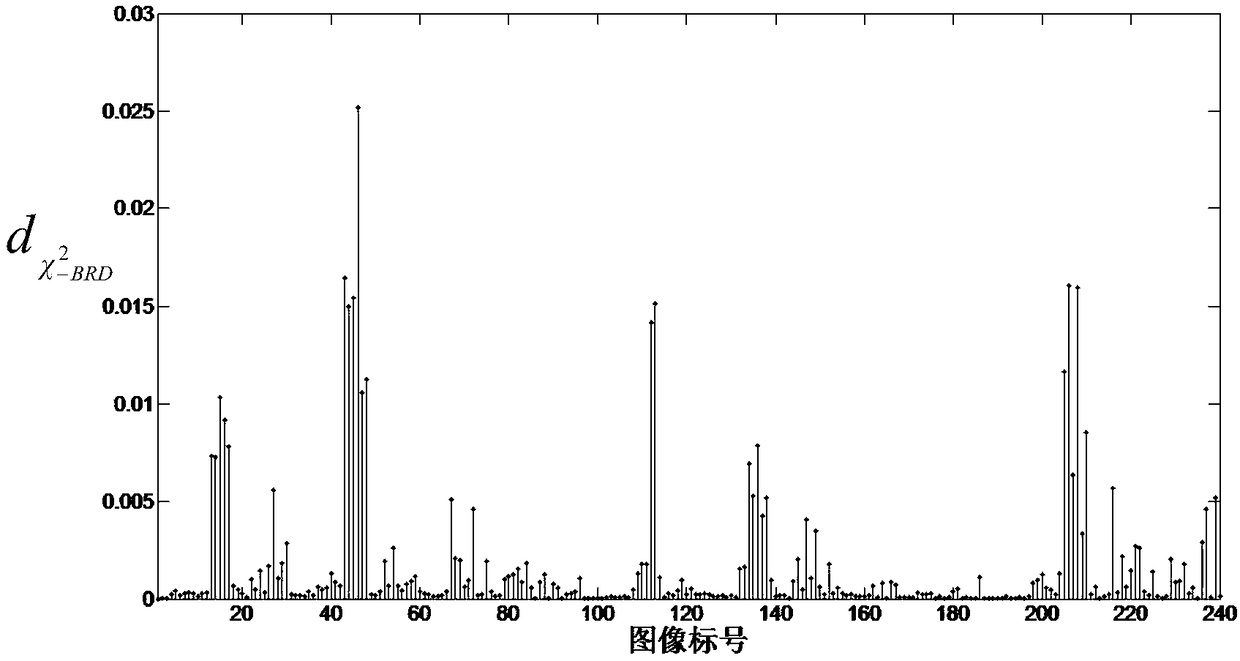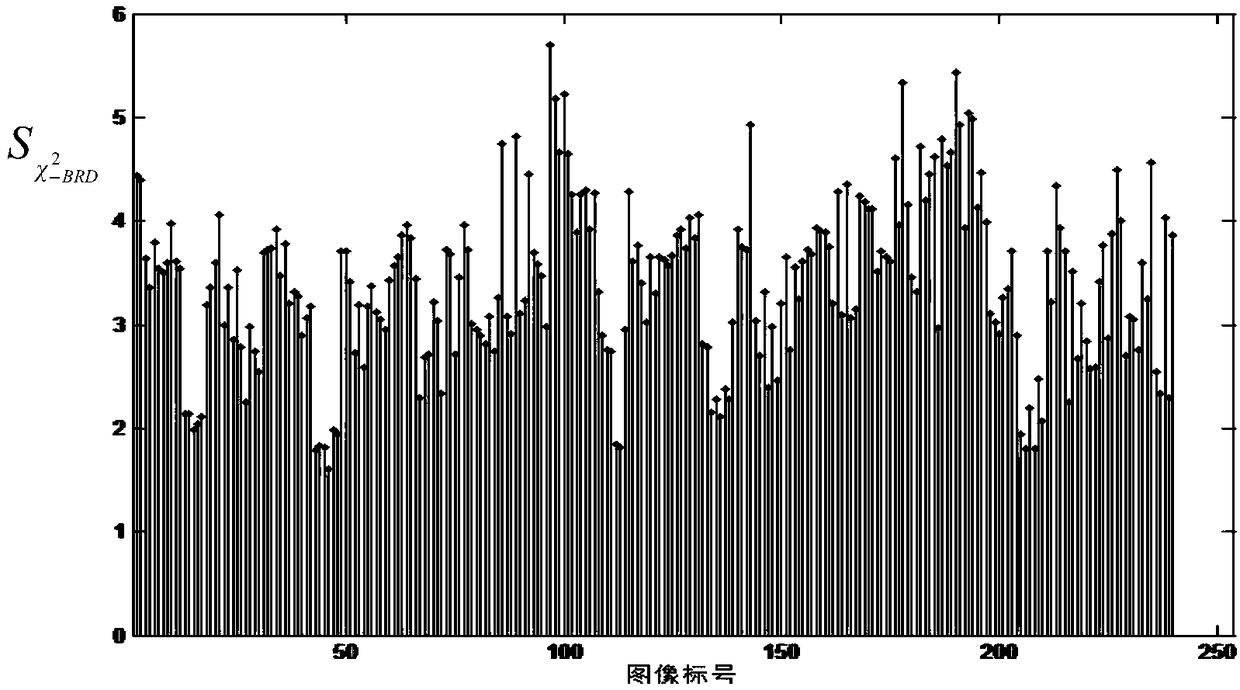An Adaptive Dictionary Construction Method for Sparse Representation Face Recognition
An adaptive dictionary and face recognition technology, applied in the field of face recognition, can solve the problems of reduced calculation speed and non-adaptiveness, and achieve the effect of increasing the correct recognition rate, improving the solution speed, and improving the recognition speed
- Summary
- Abstract
- Description
- Claims
- Application Information
AI Technical Summary
Problems solved by technology
Method used
Image
Examples
Embodiment Construction
[0032] Below in conjunction with accompanying drawing and embodiment the present invention will be further described:
[0033] 1. Local tectonic pattern (LCP) features
[0034] The LBP feature of the present invention is obtained by binarizing the gray level difference between adjacent pixels and central pixels in the neighborhood, which enhances the robustness of illumination changes, but weakens the interrelationship between pixels, thereby losing local structure information.
[0035] In order to overcome this problem, the present invention adopts local configuration pattern (LCP) coding, and divides image features into two layers. The first layer uses LBP to extract local structure information, which is called LBP feature, and the second layer is called Microscopic Configuration (MiC) feature, which is used to describe the linear relationship between adjacent pixels. The extraction method is described as follows.
[0036] The Local Binary Pattern (LBP) can capture the deta...
PUM
 Login to View More
Login to View More Abstract
Description
Claims
Application Information
 Login to View More
Login to View More - R&D
- Intellectual Property
- Life Sciences
- Materials
- Tech Scout
- Unparalleled Data Quality
- Higher Quality Content
- 60% Fewer Hallucinations
Browse by: Latest US Patents, China's latest patents, Technical Efficacy Thesaurus, Application Domain, Technology Topic, Popular Technical Reports.
© 2025 PatSnap. All rights reserved.Legal|Privacy policy|Modern Slavery Act Transparency Statement|Sitemap|About US| Contact US: help@patsnap.com



